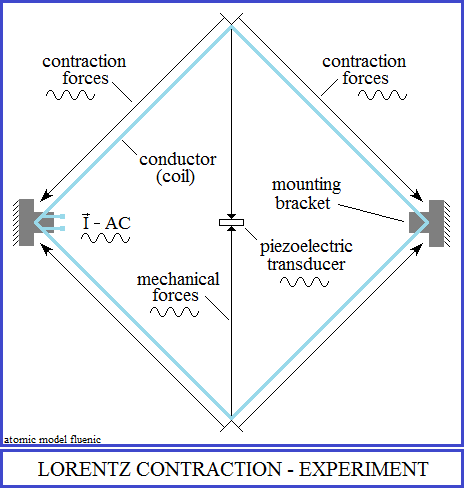The balance of vector structures
Existence is energy with vector properties.
The first vector structure is the stable balance of vector interactions
at the microscopic level, oscillations of kinetic and potential energy
with its own resonance frequency, identified in the hydrogen atom.
Hydrogen atoms are autonomous structures, which associate,
forming other autonomous vector structures, identified in elements,
element bodies, stellar systems and galaxies.
So all bodies are oscillations or conversions of the state of energy:
Oscillations of the kinetic state and potential "magnetism and electricity",
characterized by the frequency of oscillations.
Closed loop energy conversions, kinetics / potential / kinetics,
characterized by accumulation of substance and size - of the energy.
Energy accumulation is the consequence of centripetal electric
and magnetic forces, which by compression multiply hydrogen
and produce the area with maximum temperatures and radiation.
The kinetic energy of the body thus exceeds the potential energy
and the difference is successively expelled in the form of its own structure.
It is the process that forms planetary and galactic systems.
Solar system
In the solar system, the characteristics of planetary orbits
reveal how the planets formed - the gravitational or vectorial mode.
The gravitational mode involves the simultaneous formation of the solar system,
as a result of the law of universal attraction - although the system does
not contract.
The vector mode, the current characteristics of the planetary orbits,
shows the staged formation, first the sun, then its activity expelled in time
the substance that successively formed the planets.
So, the defining characteristic of the orbits is the expansion,
the centrifugal dilation controlled by the magnetism of the sun - universal
process.
The dilatation of the orbits shows where and when the planets were born.
Centripetal electric (vector) force.
In closed vector circuits, electricity consists in orienting the vectors in
direction and sense.
The circuits being curved, the polarities of the vectors are attracted
on collinear directions, on the chords of curves.
This property of the vectors decreases the radius of the curve, producing
the centripetal force.
Electricity in the conductor.
In a conductor, the polarities of the vectors are the polarities
that bind atoms in the structure of the conductor.
So, the electricity in the conductor switches the bonds of the atoms in the
structure,
orienting them on the direction and sense of the electrical circuit.
The switching of the bonding forces compresses the atoms on the direction
of orientation.
This is the piezoelectric phenomenon - the polarization of atomic bonds compresses
the structure
(brings the atoms closer), the compression of the structure polarizes the
atomic bonds.
Consequences of body polarization
The interaction of the linear motion of a body with the vector space, having
a very high speed:
The interaction consists in the orientation of the vector polarities of the
space
and of the body structure, on the direction and the sense of movement.
The consequences are the integration of body movement in the form of inertia,
without other interactions, the polarized body becoming an open electrical
circuit.
The polarization of the body switches the direction of orientation of the
atomic bonds,
compressing the structure - Lorentz contraction.

